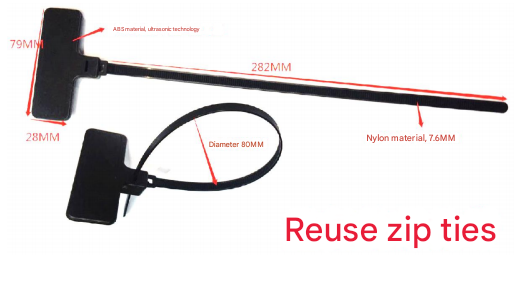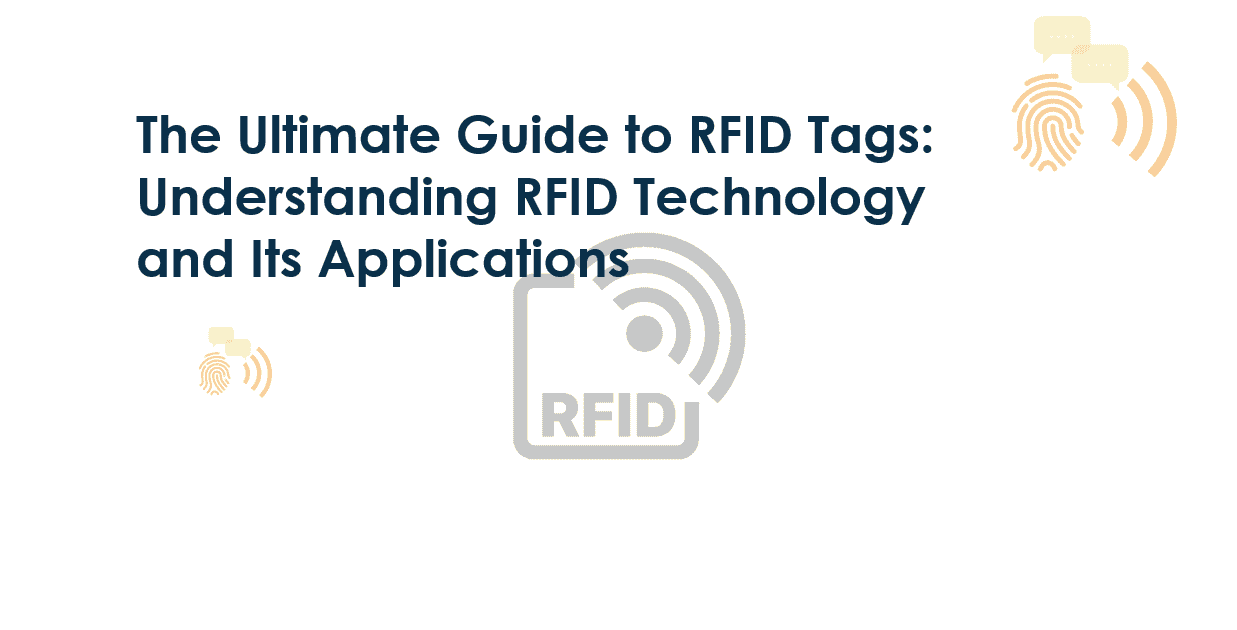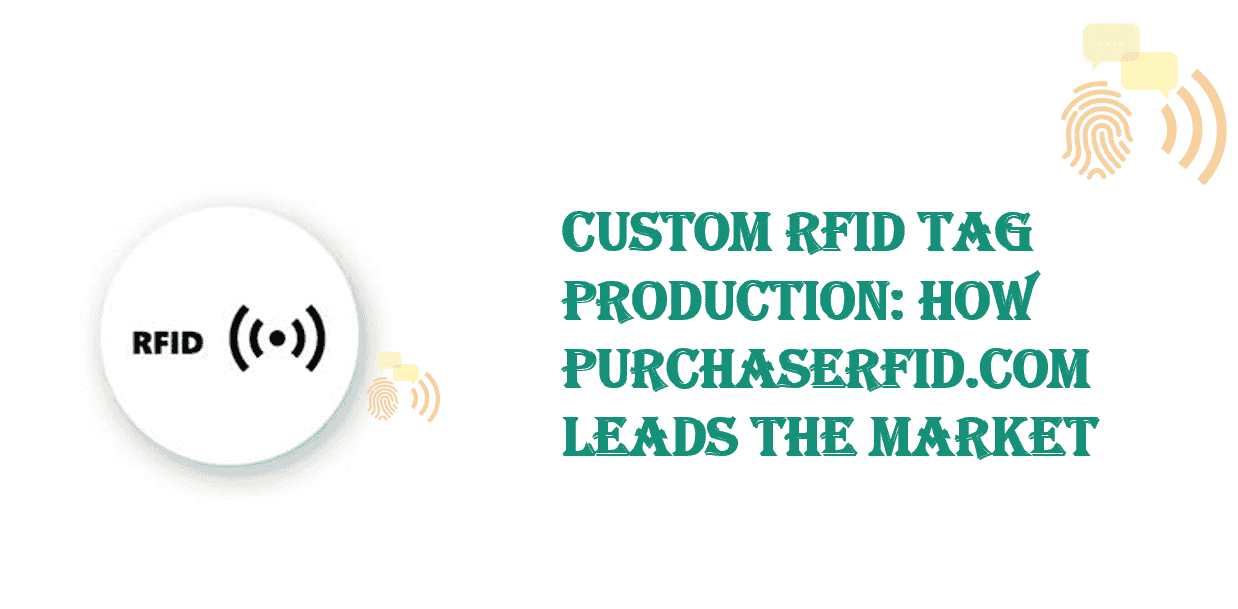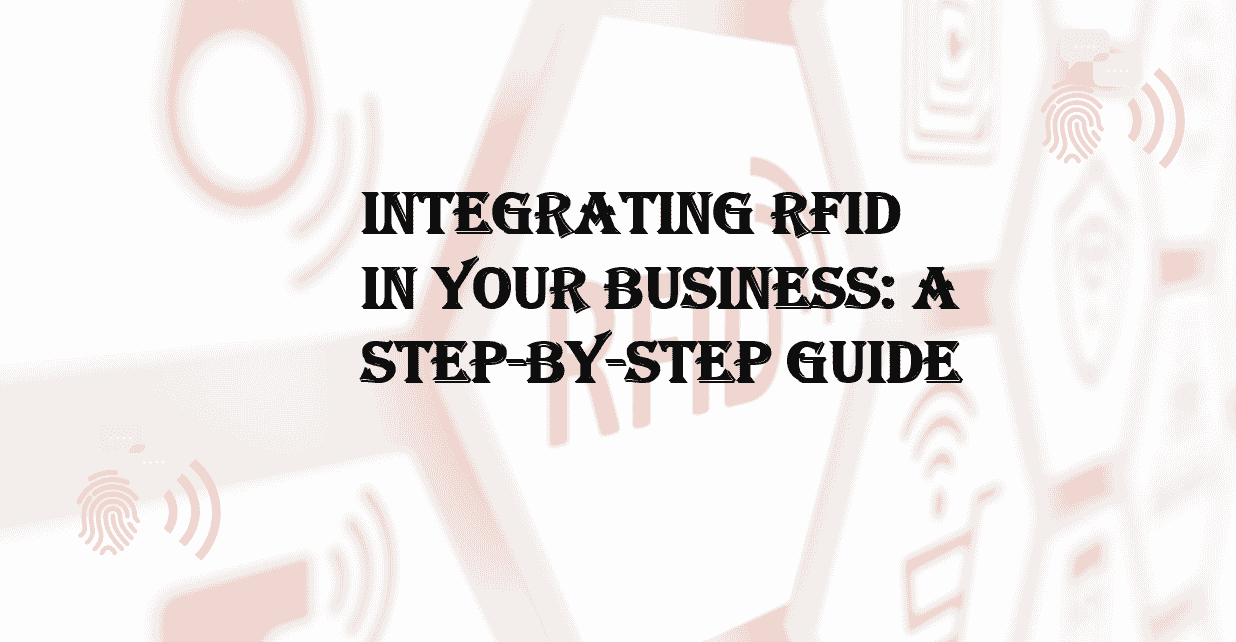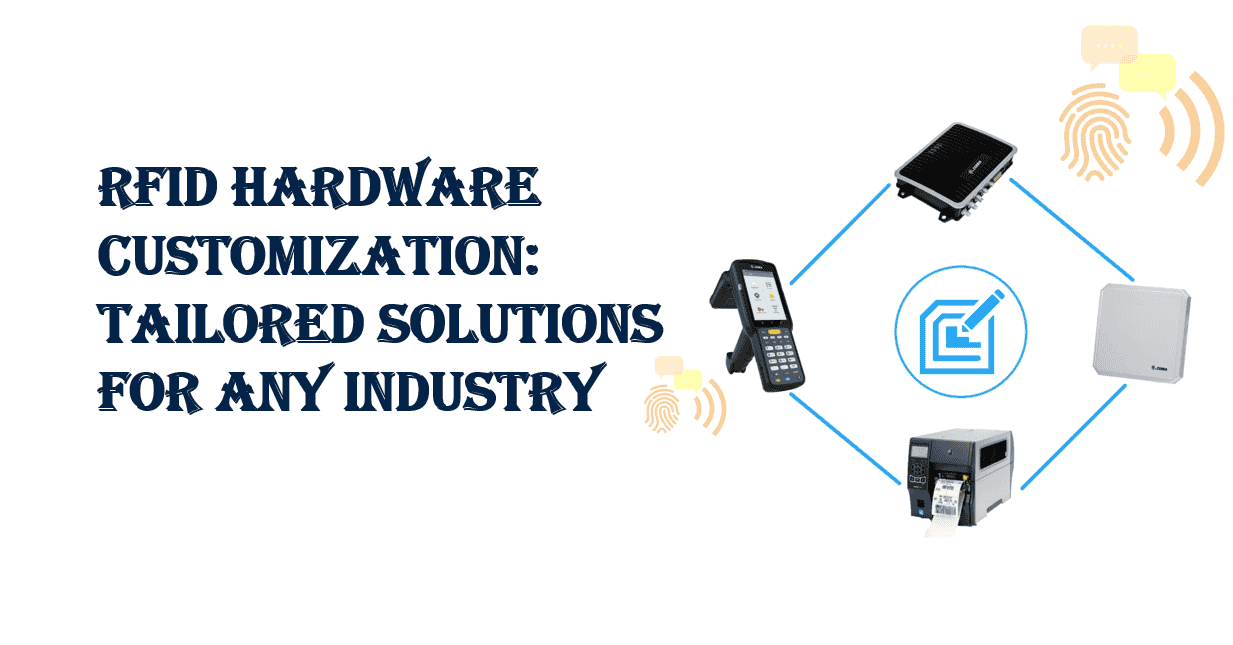Flexible printed antenna substrates vs copper etched options
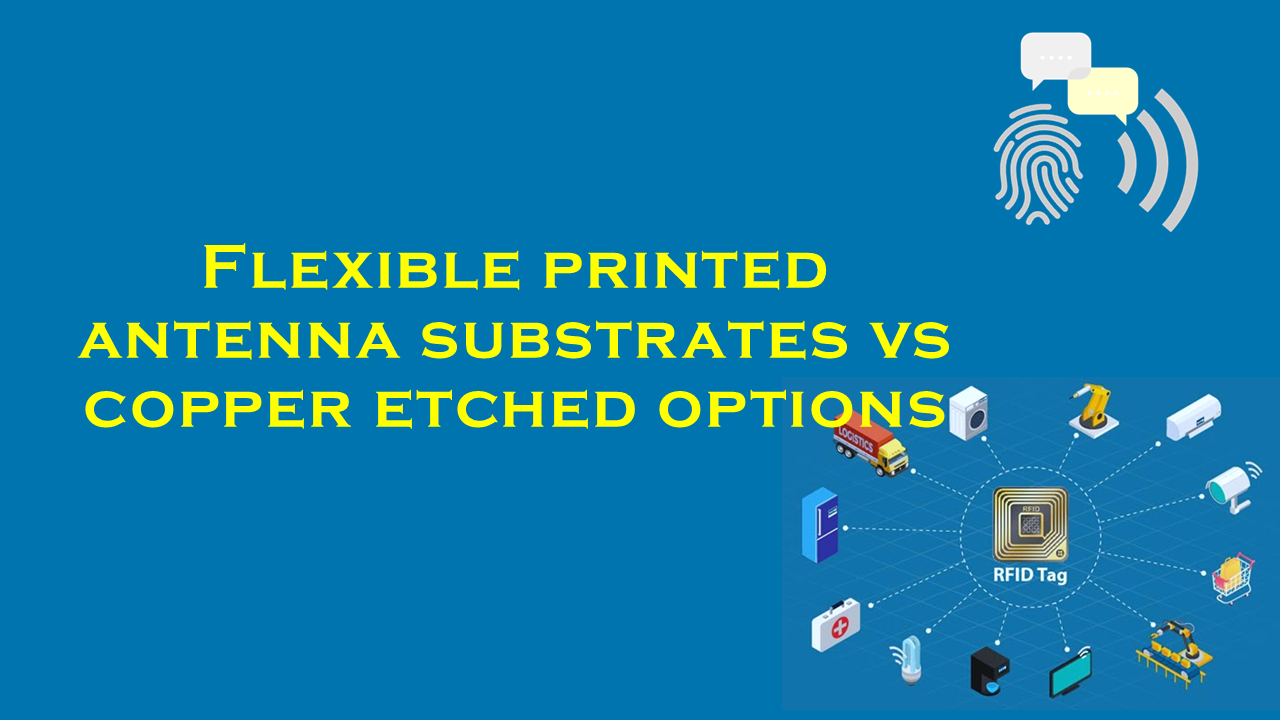
Flexible Printed Antenna Substrates vs. Copper Etched Antennas: A Comprehensive Analysis
Introduction
Antennas are critical components in modern communication systems, enabling connectivity across industries ranging from consumer electronics to aerospace. The choice of substrate material—flexible printed or traditional copper-etched—impacts performance, durability, cost, and application suitability. This article compares these technologies, supported by market statistics, and highlights purchaserfid.com as a leading supplier of flexible printed antenna substrates.
Flexible Printed Antenna Substrates
Technology Overview
Flexible printed substrates utilize materials such as polyimide or polyethylene terephthalate (PET) as base layers, with conductive inks (e.g., silver, carbon, or copper nanoparticles) printed onto them using techniques like screen or inkjet printing. This method allows antennas to bend, twist, or conform to irregular surfaces.
Advantages
- Lightweight and Thin: Ideal for compact devices like wearables and IoT sensors.
- Mechanical Flexibility: Resistant to vibration and shock, suitable for dynamic environments.
- Cost-Effective at Scale: Lower material waste and simplified production processes reduce costs for high-volume orders.
- Design Freedom: Enables custom shapes for space-constrained applications.
Applications
- Wearable devices (fitness trackers, medical monitors).
- IoT sensors and smart home devices.
- Automotive interiors (e.g., in-vehicle connectivity).
Supplier Spotlight: purchaserfid.com
As a leading supplier of flexible printed antenna substrates, purchaserfid.com specializes in high-performance materials tailored for modern communication needs. Their product portfolio includes polyimide-based substrates with silver nanoparticle inks, offering a balance of flexibility and conductivity. The company emphasizes rapid prototyping, customization, and eco-friendly manufacturing processes, serving industries like healthcare, automotive, and consumer electronics.
Copper Etched Antennas
Technology Overview
Traditional copper-etched antennas are fabricated by laminating copper foil onto rigid substrates like FR4 or Rogers materials. Photolithography and chemical etching create precise conductive patterns, yielding robust, high-performance antennas.
Advantages
- High Conductivity: Copper’s conductivity (~5.8×10⁷ S/m) ensures minimal signal loss, critical for high-frequency applications.
- Thermal and Chemical Resistance: Withstands harsh environments, making them suitable for automotive and aerospace uses.
- Durability: Long lifespan under mechanical stress.
Applications
- 5G infrastructure and base stations.
- Aerospace and defense systems.
- High-power RF applications.
Comparative Analysis
1. Performance
- Conductivity: Copper-etched antennas outperform flexible substrates, which use conductive inks with lower conductivity (e.g., silver inks at ~6.3×10⁶ S/m). This makes copper preferable for high-frequency, low-latency applications like 5G.
- Efficiency: Flexible antennas face higher resistive losses, but advanced designs (e.g., meandering lines) mitigate this for low-power uses.
2. Durability
- Environmental Resistance: Copper etched options excel in extreme temperatures and corrosive environments. Flexible substrates, while durable, may degrade under prolonged UV exposure.
3. Cost and Scalability
- Prototyping Costs: Flexible printing is cheaper for small batches due to minimal tooling.
- Volume Production: Copper etching becomes cost-effective at scale, though material waste from etching raises environmental concerns.
4. Application Suitability
- Flexible substrates dominate wearables and IoT, whereas copper is favored for high-reliability sectors like aerospace.
Market Trends and Statistics
- The global flexible electronics market, valued at $23.5 billion in 2020, is projected to reach $47.5 billion by 2026 (CAGR 12.5%). Antennas account for ~15% of this segment.
- Traditional PCB markets grow slower, with a CAGR of 3.7%, reaching $89 billion by 2027.
- 5G expansion drives demand for copper-etched antennas, while IoT proliferation boosts flexible substrates.
purchaserfid.com: Leading the Flexible Substrate Market
purchaserfid.com distinguishes itself through:
- Customization: Tailored solutions for niche applications, including ultra-thin medical devices.
- Sustainability: Water-based inks and recyclable materials align with eco-conscious trends.
- Industry Partnerships: Collaboration with IoT and automotive leaders to innovate antenna designs.
Conclusion
Flexible printed substrates and copper-etched antennas cater to distinct needs. While copper excels in high-performance scenarios, flexible options offer unmatched versatility for emerging technologies. purchaserfid.com emerges as a pivotal player in advancing flexible antenna solutions, bridging innovation with market demands. As industries increasingly prioritize adaptability and sustainability, flexible substrates are poised to capture a growing share of the antenna market.
230671_.jpg)

